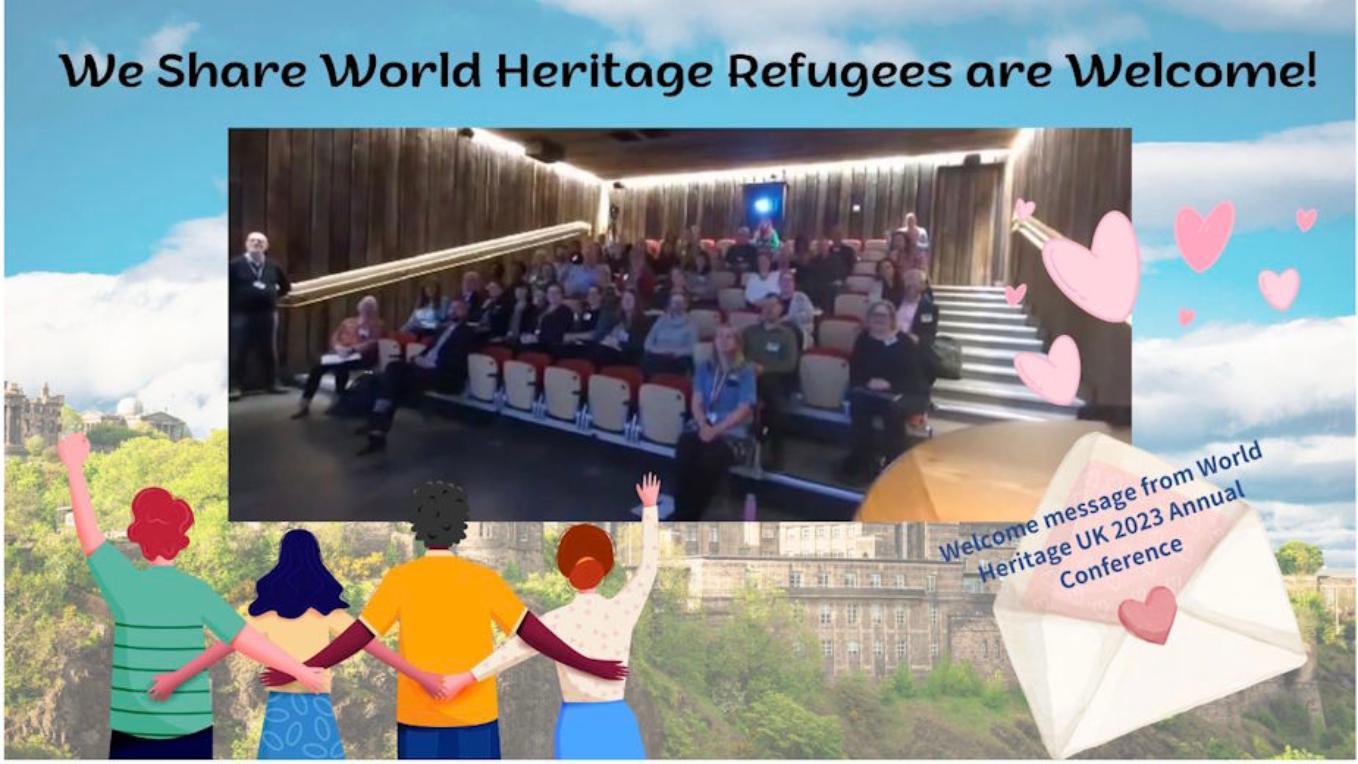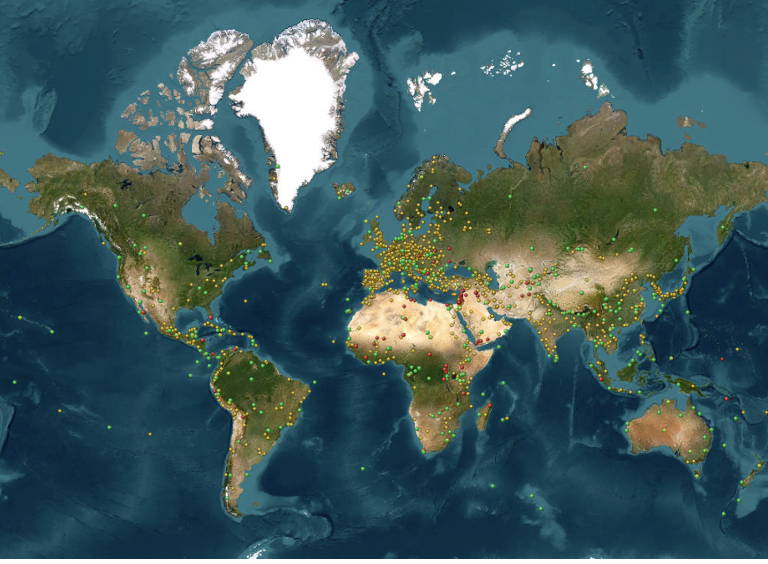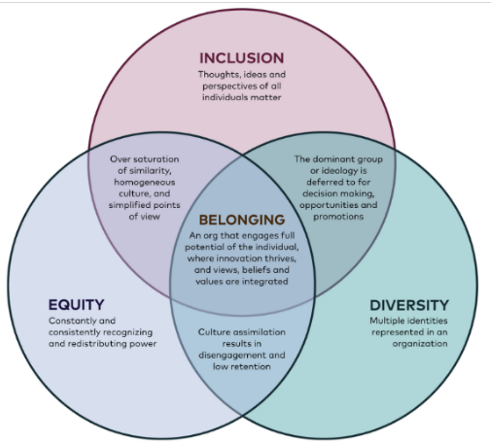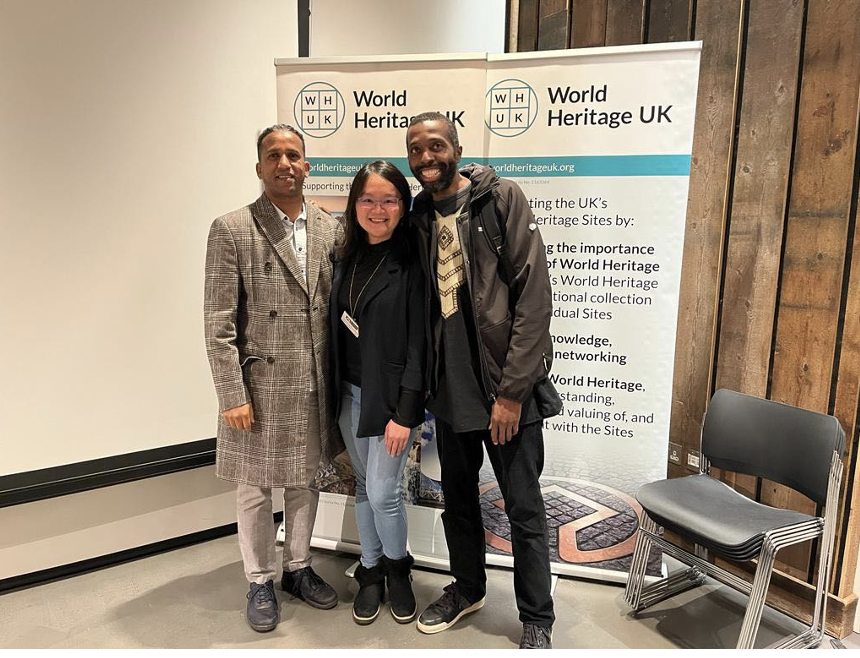World Heritage for All: Participation, Observation and Reflection in World Heritage UK 2023 Annual Conference
Published: 7 November 2023
The 2023 WHUK conference was held in Stirling with a focus on the theme “Heritage for All” from the 2nd to the 3rd of October.

Figure 1 We Share World Heritage. Refugees are Welcome. Source: Hope
By Hsiao-Chiang Wang (Hope)
Overview
The 2023 World Heritage UK (WHUK) conference was held in Stirring with a focus on the theme “Heritage for All” from the 2nd to the 3rd of October. Approximately 100 heritage practitioners, scholars, policymakers, and activists gathered online and at Engine Shed to discuss how to make world heritage accessible to all. The discussions covered world heritage policy, equality, diversity and inclusion (EDI) strategy, community engagement experiences, activist campaigns, and creative methods. Despite differing approaches, all aimed for the common goal of sharing World Heritage.
Participation and Observation
Equality, Diversity and Inclusion
The first day's theme revolved around Equality, Diversity, and Inclusion. Anila Mirza introduced the context of EDI within Scotland/ UK and highlighted the approaches in Historic Environment Scotland (HES). She emphasised that a sense of belonging is the outcome of creating a space where everyone feels empowered to speak up, instigate change, and shift culture, providing a complete human experience.
Hyab and Tawona discussed from a border perspective, raising three questions: 1. What is World Heritage? 2. Who determines what is designated as a World Heritage site?
They revealed the underlying biases in the World Heritage system, categorizing them into three categories: Being (race, gender, class), Knowledge (epistemic ordering, ontological violence, abyss), and Power (mode of governance, institutions of governance). Hyab shared a map of World Heritage Sites, serving as powerful evidence of the coloniality and bias of the world heritage system, with the majority of WHS located in Western countries and very few in African countries. Ironically, among the few WHS in Africa, most are related to colonial history. Taking Asmara as an example, it became a destination due to its exceptionally well-preserved colonial-planned city.

Figure 2 World Heritage Interactive Map. Source: World Heritage Centre
The day also featured the sharing of practices. Kim Klug shared the Community Access Scheme (CAS), a sustainable model for community engagement in Historic Royal Palaces. Lucy Culkin from the Jurassic Coast Trust used the non-funded ‘My Jurassic Coast’ Instagram campaign as an example to reach out to more people.
Institutional equity was another focal point. Esther Fox and Kyle Jordan talked about Curating for Change, working with over 20 Museums across England to deliver a programme for disabled people wanting to pursue a career in Museums.
Engagement practice
The focus of the second was engagement practice and creative methods.
The focus of the second day was on engagement practice and creative methods. Melissa Strauss introduced the funding strategy of the National Lottery Heritage Fund and shared the Kick the Dust programme, which aims to make heritage relevant to the lives of young people aged 11-25. Stephen Balfour and Christine Bell presented the Wall project and Cycling Without Age Scotland. While the former was an ambitious heritage revival project, the latter was an example of people taking action to make the place more accessible.
Irene Mosota, the Independent chair for the Edinburgh Slavery and Colonialism Implementation group, talked about the city's history of slavery and emphasized the importance of understanding the past before moving forward. ‘We are shaped by stories, so it is important to consider what kinds of stories we plan to let our next generations know.’ Heritage is a storytelling place, so we should ensure everyone has the right to tell their story and be heard.
I shared the ongoing “We are Living Heritage and We Share World Heritage” project, the motivations behind this project, and pointed out the aim to achieve heritage inclusion through refugee integration, emphasizing that WHSs are outstanding, but it is humanity that makes them universal. Apart from sharing four pillars, including worldviews, critical heritage studies, creative methods, and refugee integration principles, I also shared The Antonine Wall storytelling workshop and the plan for The Edinburgh Photovoice workshop.
After my presentation, many heritage practitioners were interested in the effective and ethical way to engage refugees in WHS. Although I am still processing the project, I believe that respecting others' worldviews and being empathetic about people’s lives is key.
Reflection
Throughout the two-day conference, I not only learned more about heritage policies in the UK context and heard about amazing actions, but it also provided a wonderful opportunity to think about the topic of ‘heritage for all’ from a wider perspective and care about more intersectional issues.
I felt certain about my role and what I could contribute to this goal, but more questions emerged after the gathering. Seeing the engaging discussions during the Q&A time, I believe many participants had the same feeling. These questions will become the motivation to move forward together.
Question one: How can World Heritage Sites empower people and offer a safe space for people to gain a sense of belonging?
Based on the presentations, it is clear that equity, diversity, and inclusion, and World Heritage should be a safe place for everyone to get a sense of belonging and understand humanity. The unanswered questions lie in how institutional change, restorative decolonization of heritage and history, and creative methods might be the solution.

Figure 3 Equality, Diversity and Inclusion. Source: ‘Belonging: a conversation about equality diversity and inclusion’ (Krys, 2021)
Question two: How can we discuss uncomfortable history and see the unseen sides of heritage?
When conveying heritage knowledge and sharing heritage information, communicators tend to celebrate the bright side of heritage. However, there are multiple interpretations and historical truths existing in heritageTake thehe Old and New Town of Edinburgh, for example, it is an influential city that builds Scottish identity and national pride. However, introducing the city’s history linked to slavery and dealing with controversial statues and memorials are challenging.
Question three: How can we conduct EDI missions and achieve systematic change?
The EDI issues impact the World Heritage system from policy, personnel, management, and educational approaches. After recognizing the underlying biases, the actions that we should take should not only engage people but also change the decision-making process, and institutional personnel, and collaborate with partners.
Reflecting on my research, it stands as a vital bridge connecting heritage education with refugee education. The overarching vision is to attain heritage inclusion through seamless refugee integration, perfectly in line with the ‘Heritage for All’ ethos. Following the conference, I recognized the need to heighten my awareness of individuals facing intersectional challenges, including age, disability, and socioeconomic class.
Conclusion
Heritage remains relatively constant; it is our people and society that continually evolve. Heritage management should include both place and people, reveal truths and lead people to the future.
This event, organized by WHUK and supported by Historic Environment Scotland (HES) and the Department for Culture, Media & Sport (DCMS), addresses a pressing need. HES has set "Heritage for All" as its vision since 2022, aiming to make a substantial impact on both people and places. Concurrently, DCMS has introduced policies regarding creative industries, seeking to foster an inclusive workforce. This conference timely responds to these contemporary imperatives. While there remains a considerable journey ahead, we are armed with fresh ideas, decisive actions, and a united purpose.

Figure 4 The UNESCO RILA team brought in new insights for the 'Heritage for All'. From left to right: Hyab, Hope, and Tawona. Source: Hyab.
First published: 7 November 2023
Reference
Historic Environment Scotland’s vision: Heritage For All
Historic Environment Scotland, Heritage For All: Corporate Plan 2022 Onwards
Krys Burnette (2021) Belonging: A conversation about Equity, Diversity & Inclusion

